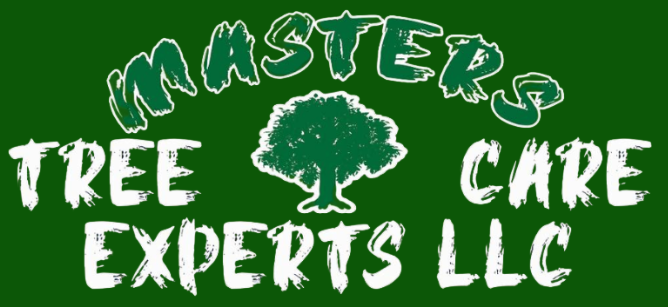Tree trimming might seem like a simple snip-snip task, but there’s a delicate balance between helping your tree thrive and causing lasting damage. Knowing where, when, and how to trim your trees can make all the difference between a lush, healthy canopy and a weakened, stressed-out tree. In this guide, we’ll break down the tree physiology, the right pruning techniques, and how to spot the signs your tree needs a trim — all from your trusted tree experts at Masters Tree Care Experts.
Table of Contents
Why Tree Trimming Needs to Be Done with Care
Every cut you make on a tree is a wound. Done properly, the tree seals it up with new growth. Done incorrectly, and you invite disease, pests, and decay.
Here’s what’s happening under the bark:
- Trees don’t heal like humans. They compartmentalize damage — growing “wound wood” around the injury.
- Wrong cuts damage this process, making the wound hard to seal and opening the door for rot.
- Strategic cuts encourage healthy growth, better shape, and long-term stability.
As arborist Alex Shigo said, “Pruning is the best thing you can do for your tree; improper pruning is the worst thing you can do.”
Signs It’s Time to Trim Your Trees
Before grabbing the clippers, know what to look for. These signs mean your tree may need trimming:
- Dead or brittle branches
- Branches rubbing or crossing over one another
- Low limbs obstructing walkways, roofs, or driveways
- Overgrown or unbalanced canopy
- Signs of storm damage or disease
- Suckers (shoots) sprouting from the base or along limbs
Regular pruning can also prevent future hazards — especially for storm-prone Lee’s Summit.
How to Identify the Right Places to Trim
Trimming a tree the right way means understanding where to cut, not just why or when. Follow these best practices:
1. Always Trim to a Branch Collar
- The branch collar is the raised area where the branch connects to the trunk or larger limb.
- Cut just outside this collar — not flush against the trunk and not leaving a stub.
- This allows the tree to properly seal the wound with wound wood.
2. Target Dead, Diseased, or Dying Wood First
- These are easy wins. Removing compromised limbs improves health immediately.
3. Avoid Over-Pruning
- For younger trees, you can safely remove up to 30% of the canopy.
- For older trees, limit it to 10% to avoid stressing the tree.
4. Focus on Shape and Structure
- Remove branches growing inward toward the trunk or crossing over others.
- Encourage a strong central leader in young trees (that’s the main upward-growing stem).
The Best Times of Year for Tree Trimming in Lee’s Summit
- Late winter to early spring (February to April) is ideal for most species.
- This is when trees are dormant, which helps them heal faster.
- Avoid trimming in fall, as cuts take longer to seal and diseases are more active.
Some species (like oaks) are especially sensitive to improper timing — let our experts guide you on the right window.
When to Call a Certified Arborist
Some trimming tasks are DIY-friendly. Others? Not so much. Call Masters Tree Care Experts if:
- You need to trim large branches or high-up limbs
- You’re unsure what’s dead vs. alive
- The tree is near power lines or structures
- The tree has visible signs of disease or damage
Our ISA Certified Arborists follow ANSI safety and pruning standards to ensure every cut is strategic and safe — both for your tree and your property.
Key Takeaways: Tree Trimming Do’s and Don’ts
Do:
- Trim during dormancy
- Cut just outside the branch collar
- Remove damaged or hazardous limbs
Don’t:
- Cut randomly or flush to the trunk
- Trim more than 10–30% of the canopy
- Prune during fall or active growing season (unless necessary)
Keep Your Trees Safe and Beautiful with Expert Help
Trimming your trees the right way boosts their health, beauty, and longevity — but when done incorrectly, it can leave lasting harm. If you’re unsure about your next move, trust the pros who know Lee’s Summit trees inside and out.
Call Master’s Tree Care Experts at (913) 909-9768 or visit us online to schedule a free tree assessment or pruning consultation.
We’ll make sure every cut is a step toward a stronger, safer, and more beautiful landscape.

